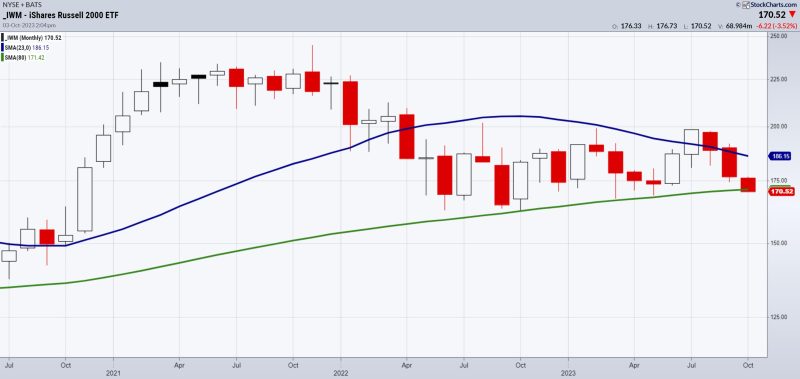Business cycles refer to the period of time, typically about 6 to 7 years, during which businesses have an increased demand and experience growth. During this period, corporations can achieve higher profits and expand their operations. It is also during these cyclical upswings that businesses often introduce new products or services, invest in research and development, and initiate new projects.
At the end of each business cycle, however, we usually see a downturn in the market. This is usually followed by a prolonged period of stagnant growth or even recession. During this period, companies are faced with decreasing revenues and earnings. During a recession, companies tend to scale back operations, reducing costs and possibly layoffs.
The business cycle is an important factor to consider when planning for the long-term success of a company. Identifying and responding correctly to the signals of a cycle is essential to staying ahead of the competition, preserving resources, and preserving profits. It is also important to have a plan in place to manage any associated change that comes with a cycle, as an unexpected disruption can have a serious impact on profitability.
To properly navigate the business cycle, it is important to properly assess the current market conditions and trends in order to plan for the future. One method of doing this is to analyze the information of past cycles in order to forecast the future course of the cycle. This method can be useful to identify when the peak and troughs of the cycle are likely to occur, and to anticipate any events or changes in the market that could throw the cycle off of its schedule.
Lastly, it’s important to understand that these cycles are not precise or predictable, and the same market conditions or events may not occur in the same way or in the same time frame every time. As such, it’s important for companies to remain aware and flexible in order to respond to the ever-changing business environment.
All in all, the 6 to 7 year business cycle is an important factor to consider when planning for the long-term success of a business. By understanding the fundamentals of cycles, companies can be in a better position to recognize, anticipate, and respond to the impacts of these cycles, resulting in greater stability, efficiency, and profits.































